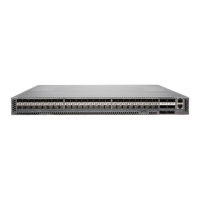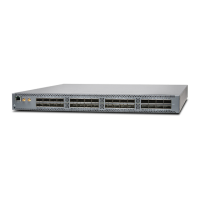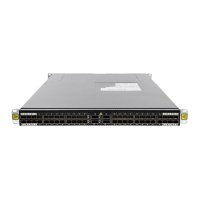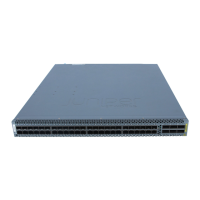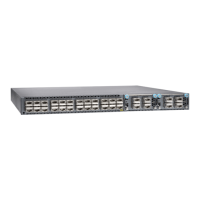7. Place the transceiver in the antistatic bag or on the antistatic mat placed on a flat,
stable surface.
8. Place the dust cover over the empty port or install the replacement transceiver.
Installing a Transceiver
The transceivers for Juniper Networks devices are hot-removable and hot-insertable
field-replaceable units (FRUs). You can remove and replace them without powering off
the device or disrupting the device functions.
NOTE: After you insert a transceiver or after you change the media-type
configuration, wait for 6 seconds for the interface to display operational
commands.
NOTE: We recommend that you use only optical transceivers and optical
connectors purchased from Juniper Networks with your Juniper Networks
device.
CAUTION: If you face a problem running a Juniper Networks device that uses
a third-party optic or cable, the Juniper Networks Technical Assistance Center
(JTAC) can help you diagnose the source of the problem. Your JTAC engineer
might recommendthat youcheck the third-partyoptic or cableand potentially
replace it with an equivalent Juniper Networks optic or cable that is qualified
for the device.
Before you begin to install a transceiver in a device, ensure that you have taken the
necessary precautions for safe handling of lasers (see Laser and LED Safety Guidelines
and Warnings).
Ensure that you have a rubber safety cap available to cover the transceiver.
Figure 41 on page 118 shows how to install a QSFP+ transceiver. The procedure is the
same for all types of transceivers except the QSFP28 and CFP transceivers.
Copyright © 2019, Juniper Networks, Inc.116
QFX5110 Switch Hardware Guide
